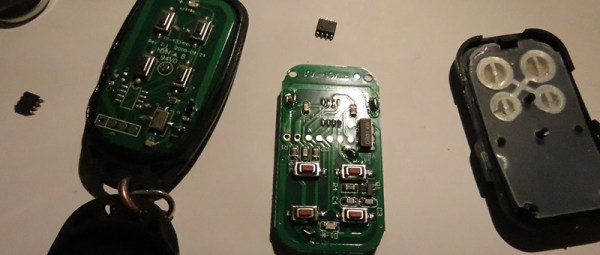The theme of this year’s Hackaday Prize is ‘build something that matters.’ Acrobotic Industries is in beautiful Southern California, where it won’t rain an appreciable amount until the mudslides come. For a little bit of help during this unprecedented drought, they’ve created Clouden, a system of irrigation that only waters yards and parks when the plants need it. This is apparently a novel concept for Southern California, and is most certainly something that matters.
The Clouden system has two parts. The first is a node with an array of soil water sensors and a Particle WiFi module. This node connects to the controller which alters watering schedules in response to actual conditions and predicted rainfall from the WeatherUnderground API.
There’s more to just listening to sensors – the Clouden controller also has the hardware to control 24VAC water valves and a web interface for scheduling irrigation times. With this many sensors – and the ability to not water when there’s a ban in place – it’s a great watering system, and something Southern California desperately needs.























